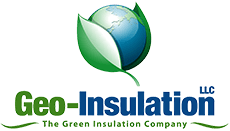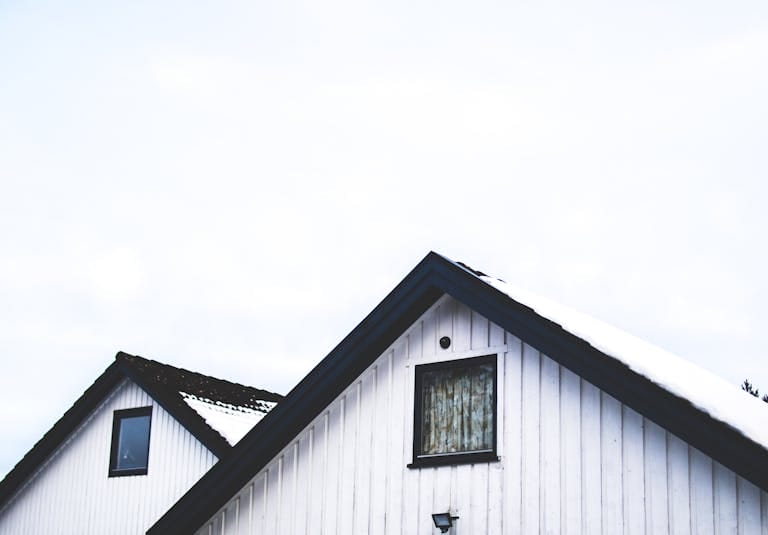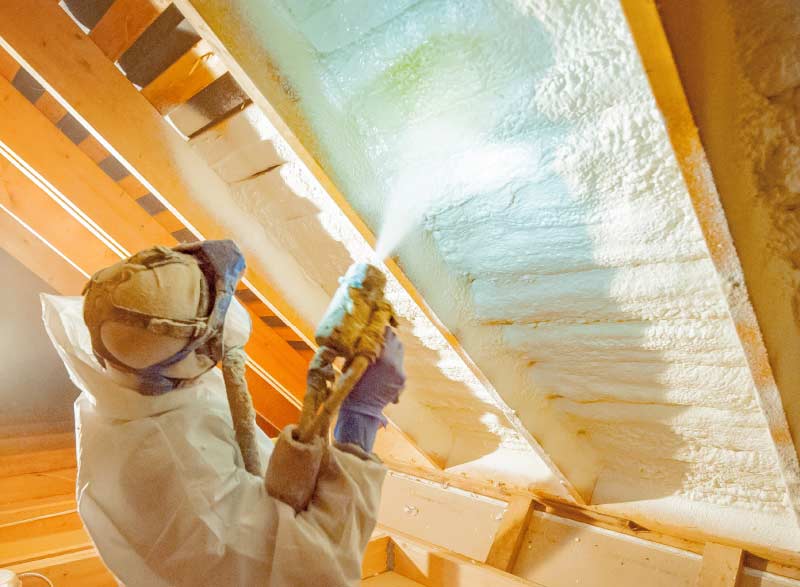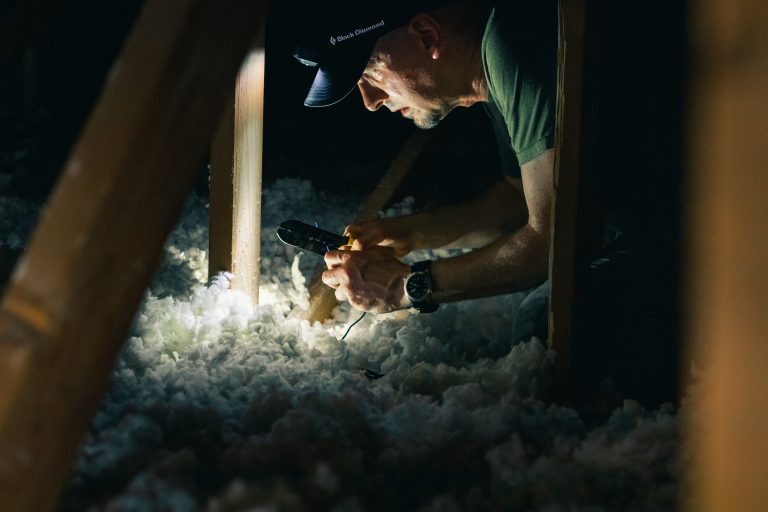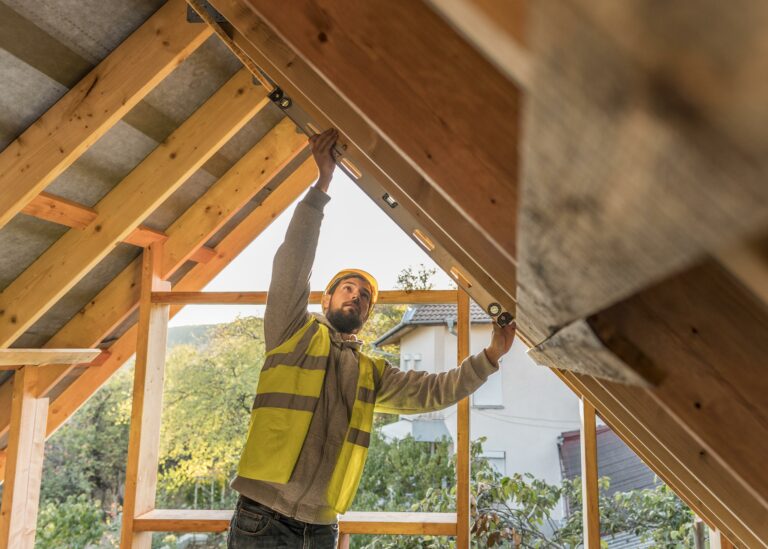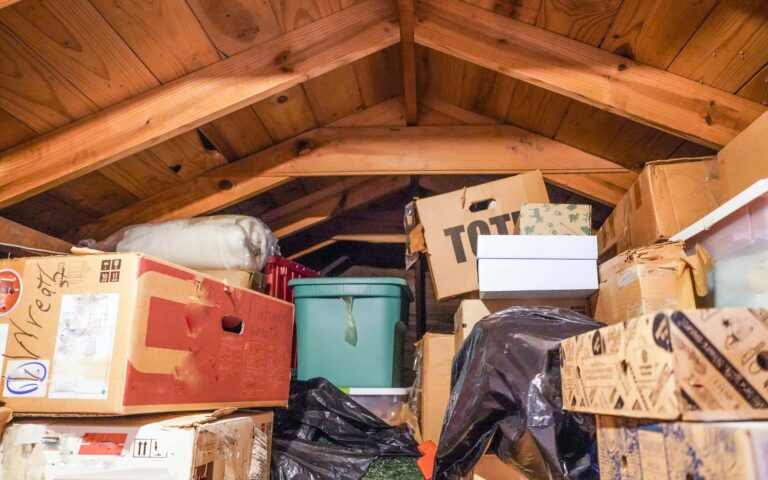
As a San Antonio homeowner, you know the Texas heat is no joke. The sweltering summers and surprisingly chilly winters mean your HVAC system works overtime to keep your family comfortable. But, if you’re seeing your energy bills climb higher and higher, the problem might not be your AC unit. It could be the hidden cost of poor insulation leaking money right out of your home.
At Geo-Insulation, we help San Antonio residents stop this energy loss in its tracks. It’s time to look beyond the monthly bill and understand how inadequate or old, degraded insulation is silently increasing your cost of living and decreasing your home comfort.
San Antonio Homes: Why They’re Particularly Vulnerable
San Antonio’s unique climate and construction practices make energy loss especially costly. Many homes in San Antonio were built decades ago when energy efficiency wasn’t a priority. Older attics often have minimal or degraded insulation. Walls may have no insulation at all, especially in homes built before 1980.
Additionally, San Antonio’s intense solar exposure means roofs and upper floors absorb tremendous heat throughout the day. Without adequate insulation and radiant barrier, this heat radiates directly into your living spaces, forcing your AC to battle both the outdoor temperature and the radiant heat from your own roof.
The city’s building code has improved over time, but homes built even 10-15 years ago may fall short of modern energy efficiency standards. These “middle-aged” homes often represent the worst of both worlds: old enough to have efficiency problems, but new enough that owners haven’t yet addressed them.
How Poor Insulation Actually Costs You Money
In a climate like ours, air conditioning is a necessity. However, a significant portion of the energy your AC uses is wasted because your home’s poor insulation can’t hold the cool air in (or keep the heat out).
Here’s the harsh reality of energy loss in San Antonio homes:
- The Attic Culprit: The attic is your home’s main thermal barrier. If it’s poorly insulated, the intense San Antonio sun turns your attic into an oven, radiating heat downward and forcing your AC to run almost constantly. In the winter, your expensive heated air escapes straight through the roof.
- Air Leaks: Poor insulation and unsealed gaps around pipes, vents, and framing allow conditioned air to escape and unconditioned air to flood in. This is essentially paying to cool the great outdoors.
- Overworked HVAC: When your insulation fails, your heating and cooling systems must run longer and harder to maintain your thermostat setting. This shortens their lifespan, leading to premature, and expensive, repair or replacement.
While the average monthly electricity bill in Texas can already be higher than the national average, a poorly insulated home pushes that number even higher, adding up to hundreds or even thousands of wasted dollars per year. Fortunately, sealing air leaks and adding insulation in attics, floors over crawl spaces, and accessible basement rim joists can cut heating and cooling costs by around 11-15%, on average, according to the U.S. Environmental Protection Agency.
Table 1. 2024 Average Monthly Bill – Residential: Texas vs. USA
| State | Number of Customers | Average Monthly Consumption (kWh) | Average Price (cents/kWh) | Average Monthly Bill |
| Texas | 12,547,863 | 1,096 | 14.94 | $163.72 |
| U.S. Total | 143,144,185 | 863 | 16.48 | 142.26 |
Source: Energy Information Administration (EIA)
The Real Numbers: What Poor Insulation Costs You
Let’s talk specifics. Consider these scenarios:
- A home with poor attic insulation might see an additional $50-100 per month added to summer cooling costs. That’s $600-1,200 per year just for the cooling season. Over a decade, you’ve wasted $6,000-12,000 on energy that never improved your comfort.
- Walls without proper insulation create thermal bridges where heat transfers directly into living spaces. In San Antonio, where exterior walls are baked by the sun for most of the day, this becomes a critical weak point. Homeowners in this situation often report that certain rooms feel significantly hotter than others, prompting them to lower their thermostat to compensate, which only further inflates energy bills.
- Uninsulated or poorly insulated crawl spaces act like giant heat reservoirs and warm your home from below. Since a portion of the air you breathe in your home comes from the crawl space, if that air isn’t conditioned properly, your AC system must work harder.
When you add these costs together over 15-20 years (the typical lifespan of an HVAC system), poor insulation represents a financial liability that dwarfs the initial investment in quality insulation upgrades.
How Energy Loss Compounds Over Time
The true hidden cost of poor insulation isn’t just one expensive summer. It’s the compounding effect across years and decades. Consider the following example:
| Year 1 | $800 in wasted energy costs. You might not notice it much. |
| Year 5 | $4,000 in excess energy bills. Your HVAC system is working harder and wearing out faster. |
| Year 10 | $8,000 in energy waste. Your AC unit may have already failed (likely accelerated by poor insulation) and requires replacement: an expense that costs an average of $5,000 to as much as $8,000+. |
| Year 15 | $12,000 in excess cooling costs, plus replacement HVAC systems. Now your home is showing its age, and you’re considering selling. That inefficient, uncomfortable home shows poorly to buyers. |
| Year 20 | The cumulative cost exceeds $16,000, not counting multiple HVAC replacements and the reduced resale value of your property. |
Compare this to the typical cost of upgrading insulation—usually around $1,900 to as much as $4,500—and the math becomes undeniable.
Beyond Dollars: Secondary Costs of Poor Insulation
In addition to your rising energy bills, poor insulation also has the following adverse consequences:
- Shorter equipment life: HVAC systems cycle more, which increases maintenance needs and reduces lifespans.
- Comfort problems: Hot ceilings, cold corners, and temperature swings lead to thermostat wars at home.
- Moisture & indoor-air issues: Inadequate insulation and air sealing can allow humid outdoor air to enter attics and wall cavities, which increases the risk of mold and higher indoor humidity.
- Higher peak demand & community impact: More homes running AC hard during heat waves drives higher peak loads and upward pressure on rates.
Real Savings: What San Antonio Homeowners Actually Experience
After upgrading insulation, homeowners typically report:
- 11-15% reduction in cooling costs during peak summer months,
- More consistent temperatures throughout the home (no more hot rooms),
- Reduced strain on HVAC systems, which extends their lifespan by 3-5 years,
- Improved comfort even without lowering the thermostat,
- Quieter operation of cooling systems (less cycling),
- Better humidity control in crawl spaces and lower floors, and
- Increase in home value.
For many homeowners, these improvements add up to $100-200 or more in monthly savings during cooling season, and these savings continue year after year.
Local Help + Rebates: Stretch Your Dollars Further
CPS Energy and San Antonio programs offer attic insulation rebates and weatherization support. Rebates are typically in the range of $0.25–$0.35 per sq. ft. (contractor vs DIY rates vary). Plus, the Casa Verde weatherization program helps income-qualifying residents with free upgrades.
The utility also runs regular home efficiency rebate programs (attic insulation, cool roofs, A/C tune-ups, thermostat credits) that reduce out-of-pocket cost and speed payback. If you’re in San Antonio, those rebates can materially improve ROI on an insulation project.
Why Professional Installation Matters
Not all insulation provides equal results. Installation quality dramatically affects performance. Gaps, compression, and improper coverage create weak points that undermine the entire system.
Professional insulation contractors in San Antonio like Geo Insulation understand local building practices, climate challenges, and code requirements. They identify problem areas, such as inadequate attic ventilation, thermal bridging at walls, and crawl space moisture issues, which DIY approaches often miss.
Quality installation also ensures:
- Proper R-values for San Antonio’s climate zone,
- Correct air sealing to eliminate drafts,
- Moisture management to prevent mold and wood rot,
- Compliance with building codes, and
- Warranty protection on materials and workmanship.
These factors are critical in San Antonio, where high humidity and extreme heat create conditions that can damage improperly installed insulation.
Stop Paying the Hidden Cost of Poor Insulation Today
The price of living with poor insulation is more than just a high electric bill. It’s a less comfortable home, a shorter-lived HVAC system, and money perpetually draining from your wallet. Investing in modern, professional insulation with Geo-Insulation delivers genuine home insulation savings that compound year after year.
Ready to calculate your potential savings and finally eliminate the hidden cost of poor insulation?
Contact Geo-Insulation today for a free, no-obligation inspection and energy assessment. We’ll show you exactly where your home is losing energy and recommend the right mix of spray foam, radiant barrier, or fiberglass insulation to maximize your comfort and savings.
